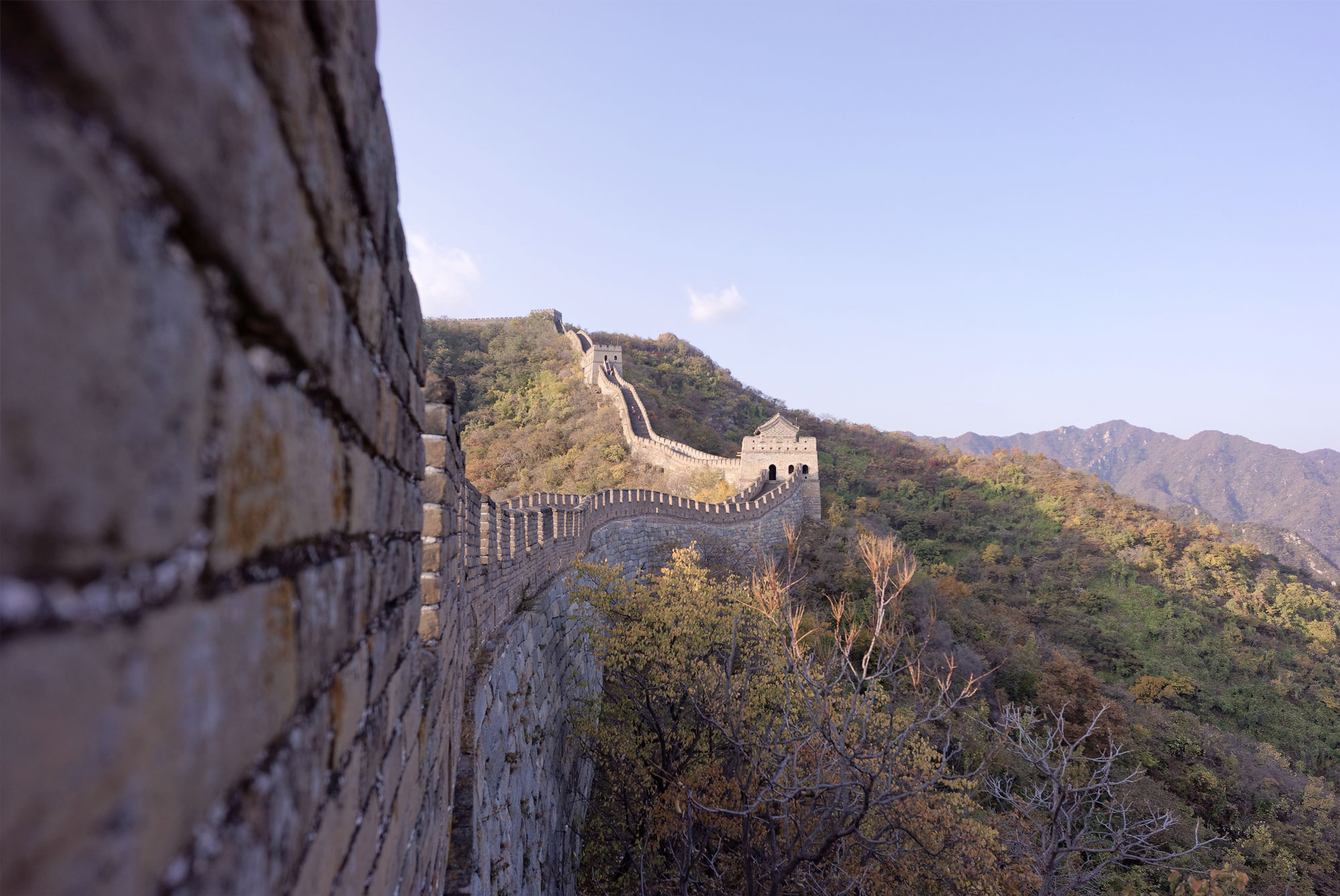
08 Mar Silk origins, history and legends
The discovery of the Chinese empress
Silk history does not have a precise starting date, although it is sure that the sericulture origins also known as silk productions date back to thousand years before Christ. Recent studies of the University of Science and Technology of China about silk proteins residuals withdrew from the tombs of the archeological site of Jiahu in Henan province go back the silk production to 8500 years ago.
The Chinese tradition has always attributed the born of silk rearing to an accidental discovery of the Chinese empress Xi Ling Shi. The legend tells that in 3000 b.c. while the empress, wife of the emperor Huang Di, was sipping a hot tea in the shadow of a mulberry tree, a silkworm cocoon fell in the teacup and thanks to the warmth of the drink, she obtained a very long thread. History, science and legend state that silk origin goes back to far away and ancient ages.
In ancient China silk was a prerogative of emperors and empresses, who wore precious yellow dresses. People of the court and the priests wore silk dresses too, later on silk become widespread among all the richest social classes. Silk was a luxury good and the emperors carefully preserved the secrets of its culture and processing.
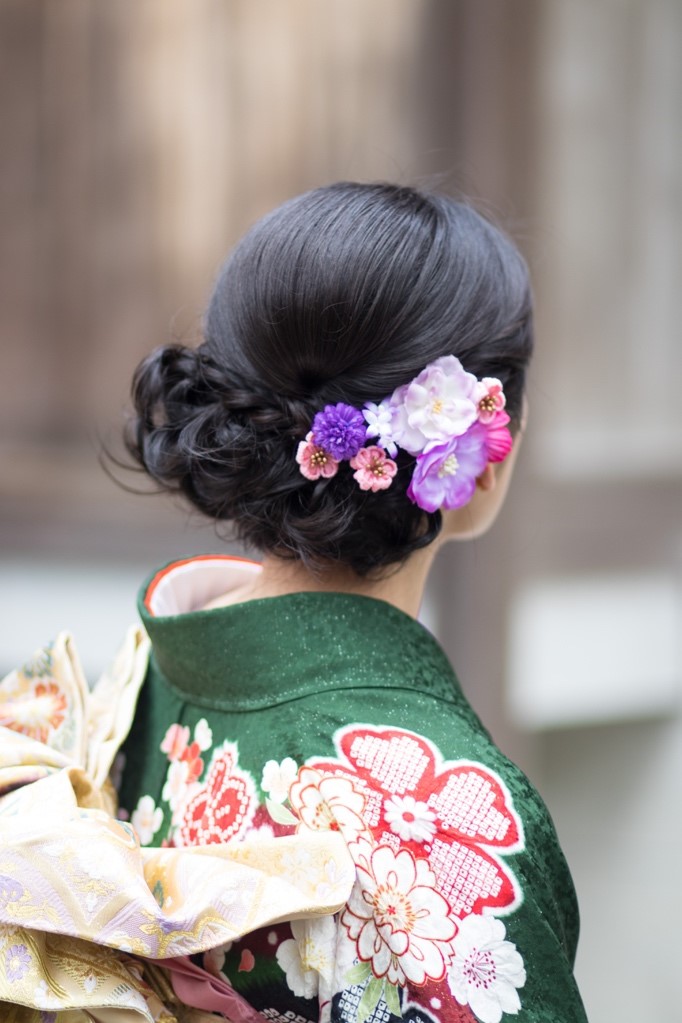
Silk in the Romani Empire
Despite the Chinese emperors’ protection, silk fabrics started travelling through the commercials ways that connected the West and the East. The ancient Romans were fascinated and became big silk users, even if they did not know the composition neither the origin of silk. This is also deduced from the naturalistic treaty Naturalis Historia of Pliny the Elder: “Seri were famous for the woolly substance that was obtained from their forests. After soaking it in the water, they brush away the white hair from the leaves”.
After the fall of the Western Roman Empire, Constantinople, capital of the Eastern Roman Empire, started dominating the commercial traffics in the Mediterranean Sea and the Byzantines established economic connections with China, which was the main silk producer. Even if another legend tells that in 552 b.c. two monks coming from China with some hidden silkworm eggs revealed to the emperor the reeling culture secret: the Eastern Roman Empire started producing and processing silk, which became a rich sector of the Byzantine economy.
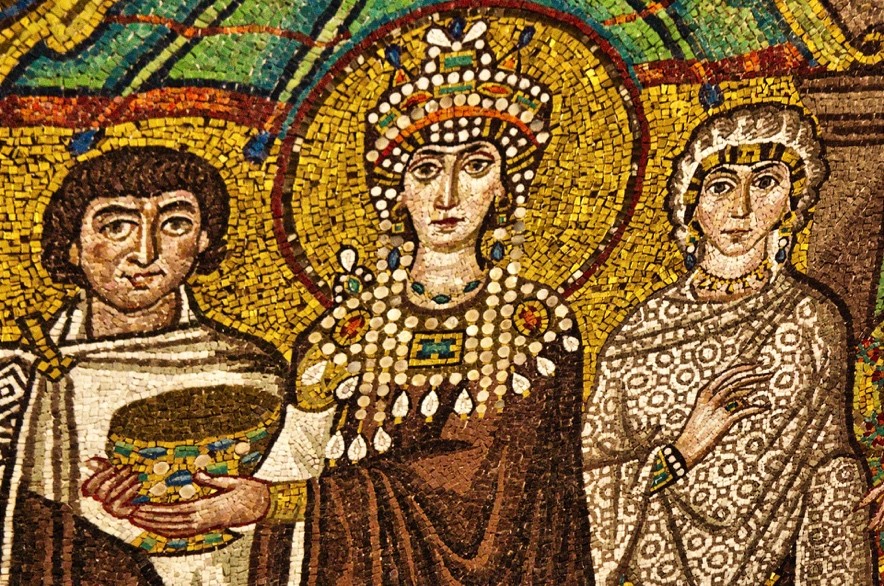
The Italian Record
In XII century after Christ, with the expansion of the Islamic world, the silkworm came to in Sicily and Italy developed its own production of the precious fabric becoming the European main center.
One of the most ancient silk art witnesses was realized in Palermo’s royalty laboratory: “the coronation robe” of King Ruggero II d’ Altavilla, Sicily’s king; today exposed at Weltliche Schatzkammer in Hofburg, the Wien Imperial museum. The embroidered inscription on the hem states “Work performed in the flourishing loyalty workshop, with happiness and honor, commitment and perfection, puissance and efficiency, pleasure and goodwill, generosity and sublimity, glory and beauty, fulfillment of wishes and hopes, favorable days and nights, without discontinuance or dismissal, with honor and care, supervision and defense, prosperity and integrity, triumph and ability, in the Capital of Sicily, in the year of 528”.
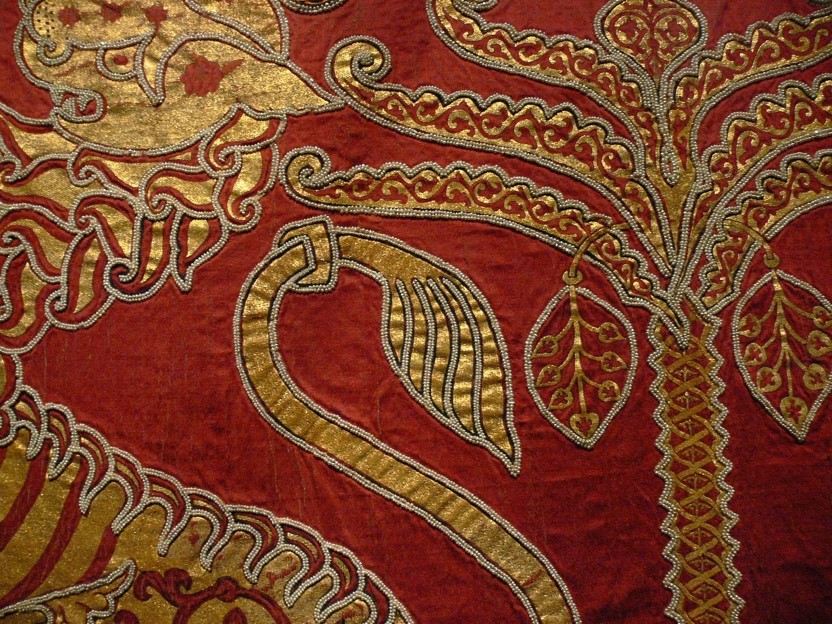
In Lombardy, silk production flourished in XIV century: the duke Galeazzo Maria Sforza imposed to the landowners to cultivate mulberry, practice that has been intensified by its uncle Ludovico il Moro who made the region one of the most known in Europe for silk production.
The Italian record remains undisputed until XVII century, when France started emerging: many artisans coming from Catanzaro moved to Lyon area, as part of Southern Italy was under the French dominance.
The rebirth of Italian silk
Between the two Wars, reeling culture started declining and after the Second World War, it completely disappeared. In the recent years, Italian silk returned to be requested by fashion and luxury firms. Therefore, silk history continues and as for millennials, like a precious thread, unifies culture, people and traditions.

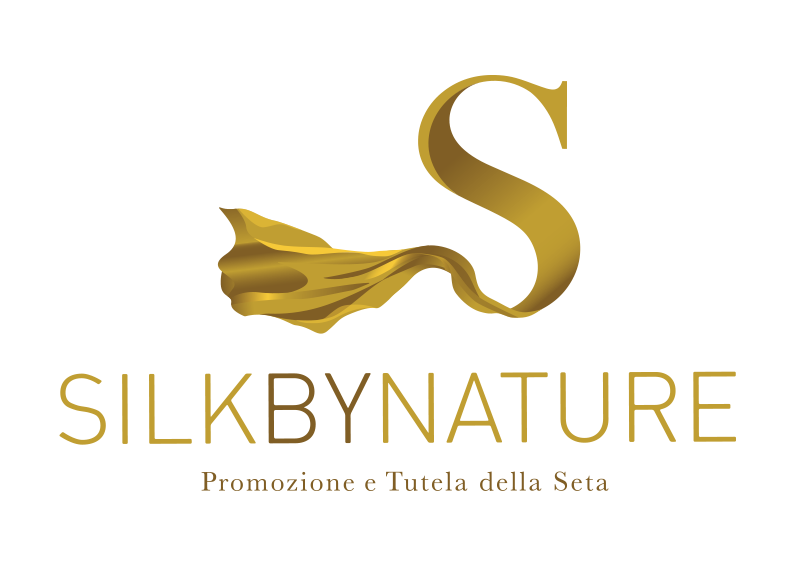



Sorry, the comment form is closed at this time.